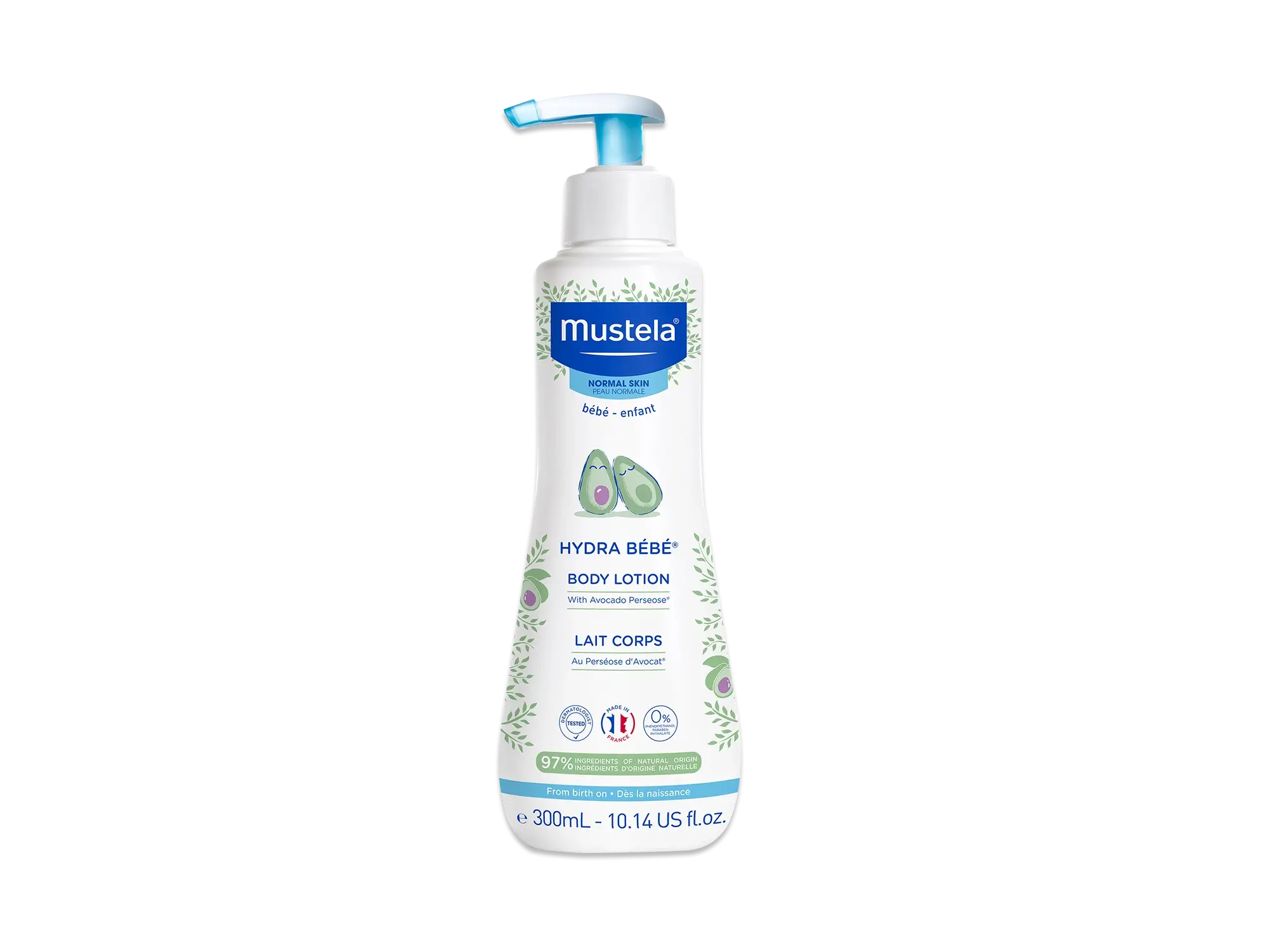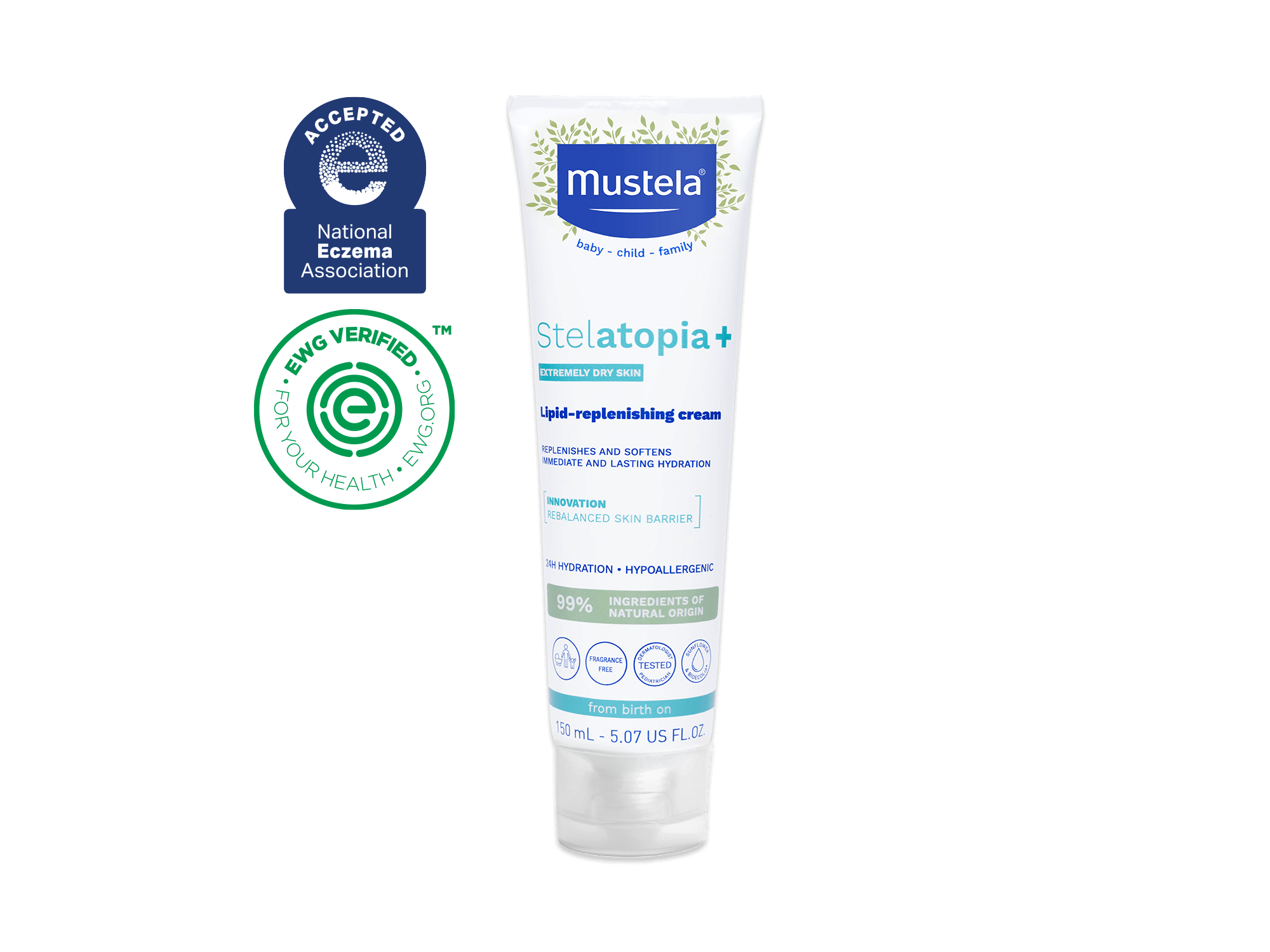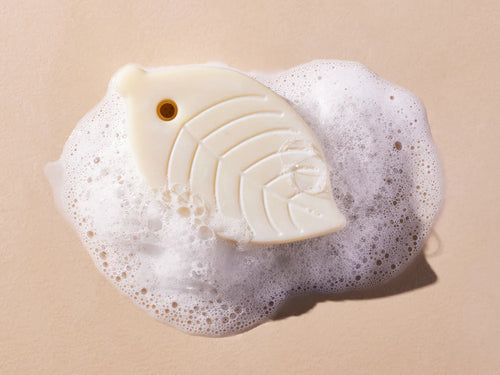Blisters can be a common occurrence in the life of a baby, so don’t be surprised if you see one suddenly appear on your little one’s delicate skin. However, there are different types of blisters, so you’ll want to be sure you know what kind of baby blister you’re dealing with in order to properly treat it.
The good news is that if you’re faced with an everyday blister caused by friction (the skin rubbing against something), it’s usually easy to treat. The experts at Mustela are here to tell you how!
Different Types Of Baby Blisters
Since your baby can’t express how they feel and where it hurts, it’s often a guessing game to figure out exactly what’s bothering them. Blisters are no exception.
Baby blisters come in various shapes and sizes. There are blood blisters and friction blisters as well as blisters from sunburn, chicken pox, eczema, or even diaper rash (in bad cases).
Blood blisters are treated the same way as friction blisters, which we will get to soon. But what if your child has blisters from sunburn, chicken pox, eczema, or diaper rash?
Sunburn Blisters
Children can get blisters from an especially bad sunburn. The best thing to do is to prevent sunburn completely by applying sunscreen to your little one and providing plenty of sun protection (such as clothes, hats, and umbrellas).
But if it’s too late for that and you think your child has blisters from too much exposure to the sun, leave the blisters alone. Avoid popping them, keep your child cool, and apply aloe vera.
Give your doctor a call if your little one has multiple blisters, large blisters, or other symptoms.

Chicken Pox Blisters
Chicken pox usually starts with fever and fussiness, then small, red, itchy spots appear (most often beginning on the face and torso). Those spots later develop into blisters.
If your baby has chicken pox, your task is simply to help relieve the itch and prevent infection. You can provide your itching child with relief by applying Mustela’s Cicastela Moisture Recovery Cream. This versatile cream provides immediate and long-lasting soothing comfort for itchy areas.
Note: Never apply Cicastela Cream to oozing blisters.
Even though chicken pox blisters sometimes pop open on their own, you shouldn’t purposefully break them open. Keep your baby from scratching blisters by trimming their fingernails and putting socks over their hands.
Eczema Blisters
If your baby has eczema, they might develop small blisters. It’s best to give your doctor a call during such a flare-up.
In the meantime, be sure to take good care of your eczema-prone baby with products specifically designed for eczema-prone skin, like Mustela’s Eczema-Prone Skin Essentials Bundle. Also, keep your child in the proper clothes that will soothe, not inflame, their eczema.
Mustela’s Skin Soothing Pajamas, for example, are made with natural ingredients and designed to soothe your little one’s eczema-prone skin while they sleep.

Diaper Rash Blisters
In severe cases of diaper rash, babies can develop blisters. If this happens, it’s time to call your little one’s doctor.
With less severe cases of diaper rash, treat your baby’s bum with Diaper Rash Cream 1 2 3 and always use gentle baby wipes, such as Mustela’s Certified Organic Water Wipes with Cotton and Aloe, when changing their diaper.
You can even use our Diaper Rash Sprayable Cream to soothe any irritation with a simple touch-free applicator.

Several types of baby blisters can appear on your little one. But for the remainder of this article, we are focusing on friction blisters, which are probably what you think of when you hear the word “blister.”
Friction Blisters
Friction blisters are the run-of-the-mill blisters you or your little one get when, for example, you wear a new or ill-fitting pair of shoes. These are small, raised pockets of skin that are filled with clear fluid and can be quite painful.
Blisters don’t discriminate by age, and anyone (even little ones!) can get blisters when their skin rubs against another surface. If your baby develops a blister on their delicate skin, you’ll want to know what to do to keep them comfortable and help their skin heal quickly.
How To Treat A Baby Blister
With a little time, baby blisters typically heal well on their own. The two things you’ll need to do are prevent infection and keep your child as comfortable as possible while blisters heal.
Prevent Infection
While a blister is typically nothing to worry about, an infected blister is another story and will require a visit to your pediatrician. That’s why it’s crucial to provide the right care for baby blisters.
When blisters develop, a pocket of fluid forms between the top layer of skin and the layer underneath. A blister is more likely to get infected if the top layer of skin is broken open, exposing the tender skin underneath.
So first things first: don’t break the blister open on purpose.
But, of course, with an active and curious little one, blisters sometimes break open during playtime or when babies pick at them. To discourage your child from touching the blister, you may want to cover it with a sock or bandage.

You can also use moleskin to provide extra protection for a baby blister. Fold a circle of moleskin in half and use scissors to cut a half-circle on the flat side. Open the moleskin and make sure the hole in the middle is large enough to completely go over the blister.
Place the donut-shaped moleskin over the blister and add another layer of moleskin if the blister is especially raised.
If your little one’s blister does open, there’s no need to panic. Avoid peeling the top layer of skin off. Simply clean the area with gentle soap and warm water, then smooth the skin down and apply a loose bandage or gauze to cover the area.
You can also apply Vaseline to the blister before bandaging it. If the open blister is leaking fluid, change the bandage frequently to prevent infection.
Keep Your Baby Comfortable
There are a few steps you can take to keep your child as comfortable and pain-free as possible while their blister is healing.
If your baby’s blister was caused by their shoes, keep them out of those shoes until their blister is completely gone. If the blister is on a pressure point on their feet, using moleskin can help protect against painful rubbing.
If the area seems especially painful, you can lightly place a cold pack or an ice pack covered with a thin towel on the area. Just be sure not to put too much pressure on the blister! The cold will help relieve some of the pain.
When To See Your Pediatrician
A typical baby blister can usually be treated easily at home. But keep an eye on it for signs that a doctor visit might be necessary.

If the blister doesn’t go away or begins to look infected, your doctor should take a look at it. Check for the following signs that the blister might be infected:
- Extra redness
- Swelling
- Fever
- Pus (white- or yellow-colored fluid instead of clear fluid)
Additionally, if you suspect that your child’s blister isn’t a friction blister but might be caused by something else, go ahead and give your doctor a call.
How To Prevent A Baby Blister
While treating a baby blister is not complicated, preventing blisters from developing in the first place is even better!
Shoes are one of the top culprits when it comes to baby blisters. Your baby may be especially susceptible to blisters when they first start walking and wearing shoes.

Before buying new shoes for your baby, check the inside of the shoes to make sure there are no unusual ridges or bumps that might cause a blister.
It’s also important to make sure you have the right size shoe for your child. As cute as last season’s shoes might be, putting your child in a pair of shoes that is a little too snug has the potential to create blisters.
You’ll also want to let your baby try out new shoes for a short period of time before allowing them to wear the shoes all day. After a while with their new kicks, check their little feet for red or sensitive spots.
If you do notice some redness and rubbing, you can soothe irritated areas by applying Cicastela Moisture Recovery Cream to promote skin recovery and keep skin hydrated and comfortable.
Finally, put your little one in a pair of good socks to keep their shoes from rubbing their skin.

In the end, no matter where a blister or skin irritation comes from, with a little extra care and soothing products — like Mustela’s Cicastela Moisture Recovery Cream — your baby’s blister will soon be a thing of the past.

















